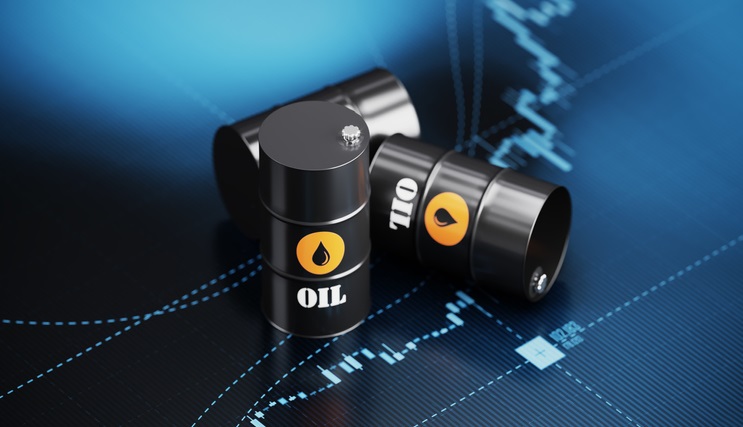The price of West Texas Intermediate and Brent Crude oil is starting to rise again due to concerns that Saudi Arabia, the world’s largest oil producer could cut output to correct a recent oil price decline.
Current market sentiment is focusing on tight supply dominated by this recent report, which is supposed to be backed up by around 9 sources familiar with OPEC.
Brent Crude oil advanced to $100.00 barrel once again, while U.S. West Texas Intermediate Crude made further strong gains to nearly $94.00 per barrel.
OPEC’s major producer Saudi Arabia for the Organization of the Petroleum Exporting Countries said that it stands ready to reduce production to correct the recent oil price fall driven by poor futures market liquidity and macro-economic fears, which have ignored extremely tight physical crude supply.
This week has been dominated by energy price moves. Russia said that it will halt gas supplies to Europe for three days at the end of the month, which caused Natural Gas to rally. In turn, oil prices naturally rose as a defensive reaction to the energy supply.
Europe faces fresh disruption to energy supplies due to damage to a pipeline system bringing oil from Kazakhstan through Russia, adding to concerns over a plunge in gas supplies.
The Russian group had previously blamed faulty or delayed equipment for lower flows. Germany said this is a pretext to hurt its economy. However, energy prices are likely to remain elevated as the tit-for-tat continues.
Brent crude is down around 12% from its yearly high this month and 8% respectively for WTI. Due to fears about a global recession and fuel demand, and of course the recent OPEC cut.
Saudi state news agency SPA cited Saudi Arabia’s Energy Minister Prince Abdulaziz bin Salman also noted that OPEC+ has the means and flexibility to deal with challenges.
With Saudi Arabia standing out to defend oil prices, the market is likely to follow the lead of the major producer and attempt to turn more bullish. OPEC’s narrative or actions nearly sets the price action.
It should be noted that the current tight demand supply is underscored by U.S. crude inventory in the Strategic Petroleum Reserve (SPR) at its lowest level in more than 35 years.




